-
Collagen
-
Type I - Atelocollagen
- PureCol® Solution, 3 mg/ml (bovine) #5005
- Nutragen® Solution, 6 mg/ml (bovine) #5010
- FibriCol® Solution, 10 mg/ml (bovine) #5133
- PureCol® EZ Gel, Solution, 5 mg/ml (bovine) #5074
- PureCol® Lyophilized, 15 mg (bovine) #5006
- VitroCol® Solution, 3 mg/ml (human) #5007
- VitroCol® Lyophilized, 15 mg (human) #5008
-
Type I - Telocollagen
- TeloCol®-3 Solution, 3 mg/ml (bovine) #5026
- TeloCol®-6 Solution, 6 mg/ml (bovine) #5225
- TeloCol®-10 Solution, 10 mg/ml (bovine) #5226
- RatCol™ for 2D and 3D, Solution, 4 mg/ml (rat) #5153
- RatCol™ High Concentration, Solution, 10 mg/ml (rat)
- RatCol™ lyophilized, 100 mg (rat)
- RatCol™ for Coatings, Solution, 4 mg/ml (rat) #5056
- Type I - Insoluble Collagen
- Type I - Bioinks
- Type II Collagen
- Type III Collagen
- Type IV Collagen
- Collagen Standard
-
PureCol® Collagen Coated Plates
- Collagen Coated T-25 Flasks #5029
- Collagen Coated 6-well Plates #5073
- Collagen Coated 12-well Plates #5439
- Collagen Coated 24-well Plates #5440
- Collagen Coated 48-well Plates #5181
- Collagen Coated 96-well Plates #5072
- Collagen Coated 384-well Plates #5380-5EA
- Collagen Coated 100 x 20 mm Dishes #5028
- MatTek Glass-Bottom Dishes
- MatTek Multi-Well Plates
- Collagen Scaffolds
- Collagen Hybridizing Peptides
-
Type I - Atelocollagen
- Tunable Stiffness
- CytoSoft™ Rigidity Plates
-
Bioprinting
- Support Slurry for FRESH Bioprinting
-
Bioinks for Extrusion Bioprinting
- Lifeink® 200 Collagen Bioink (35 mg/ml) #5278
- Lifeink® 220 Collagen Bioink (70 mg/ml) #5343
- Lifeink® 240 Acidic Collagen Bioink (35 mg/ml) #5267
- Lifeink® 260 Acidic Collagen Bioink (70 mg/ml) #5358
- GelMA Bioink
- GelMA A Bioink
- GelMA C Bioink
- Pluronic F-127 40% Sterile Solution
- GelMA 20% Sterile Solution
- Alginate 5% Sterile Solution
- Photoinitiators
- Bioinks for BIONOVA X
- Bioinks for Lumen X
- DLP Printing Consumables
-
Create Your Own Bioinks
- PhotoCol® Methacrylated Collagen
- PhotoGel® Methacrylated Gelatin 95% DS
- PhotoGel® Methacrylated Gelatin 50% DS
- PhotoHA®-Stiff Methacrylated Hyaluronic Acid
- PhotoHA®-Soft Methacrylated Hyaluronic Acid
- PhotoAlginate® Methacrylated Alginate
- PhotoDextran® Methacrylated Dextran
- PEGDA (Various Molecular Weights)
- Silk Fibroin, Solution
- PhotoSericin® Methacrylated Sericin
- Bioprinters
-
3D Hydrogels
- Thermoreversible Hydrogel
- Silk Fibroin
-
Type I Collagen for 3D Hydrogels
- PureCol® Solution, 3 mg/ml (bovine) #5005
- Nutragen® Solution, 6 mg/ml (bovine) #5010
- FibriCol® Solution, 10 mg/ml (bovine) #5133
- PureCol® EZ Gel, Solution, 5 mg/ml (bovine) #5074
- VitroCol® Solution, 3 mg/ml (human) #5007
- TeloCol®-3 Solution, 3 mg/ml (bovine) #5026
- TeloCol®-6 Solution, 6 mg/ml (bovine) #5225
- TeloCol®-10 Solution, 10 mg/ml (bovine) #5226
- RatCol® for 3D gels, Solution, 4 mg/ml (rat) #5153
- HyStem® Thiolated Hyaluronic Acid
- Methacrylated Collagen
- Methacrylated Gelatin
- Methacrylated Hyaluronic Acid
- Diacrylates
- Collagen Sponges
- Methacrylated Polysaccharides
- Spheroids and Organoids
- Extracellular Matrices
- HyStem / Hyaluronic Acid
-
Adhesion Peptides / Proteins
-
Recombinant Adhesion Proteins
- CD2, 0.5 mg/ml #5086
- CDH3, 0.5 mg/ml #5124
- CDH13, 0.5 mg/ml #5125
- CD14, 0.5 mg/ml #5089
- CDH18, 0.5 mg/ml #5090
- CD40, 0.5 mg/ml #5093
- CD86, 0.5 mg/ml #5096
- CD164, 0.5 mg/ml #5100
- CD270, 0.5 mg/ml #5127
- CD274, 0.5 mg/ml #5126
- CD276, 0.5 mg/ml #5123
- E-Cadherin (CD324), 0.5 mg/ml #5085
- ICAM2, 0.5 mg/ml #5107
- Adhesion Peptides
- Collagen Hybridizing Peptides
-
Recombinant Adhesion Proteins
- Reagents
- Assays
About
The Company
Advanced BioMatrix is a leader in the life science of three dimensional (3D) applications for tissue culture, cell assay, bioprinting and cell proliferation. Our products are recognized as the standard for purity, functionality and consistency.
We have extensive expertise in production, isolation, purification, lyophilization, cell culture and testing of proteins, adhesion peptides, attachment factors, bioinks, substrate rigidity, and other 3D matrix products. Our expertise and knowledge are being employed to assure that our products are of the highest quality, consistent from lot-to-lot and easy-to-use for our research customers. See our expertise.
The company is located in the San Diego region – one of the world’s largest life science and biotechnology clusters. Advanced BioMatrix has been manufacturing and delivering high quality products for research uses and applications for over 10 years. We continue to add several innovative new products each year that provide research tools for our customers worldwide. We develop new products and technologies within our company and also collaborate with many research institutes, universities and life science companies.
We are committed to our company vision of "Transforming science to a new level of discovery by providing advanced technologies through innovative 3D matrix products."
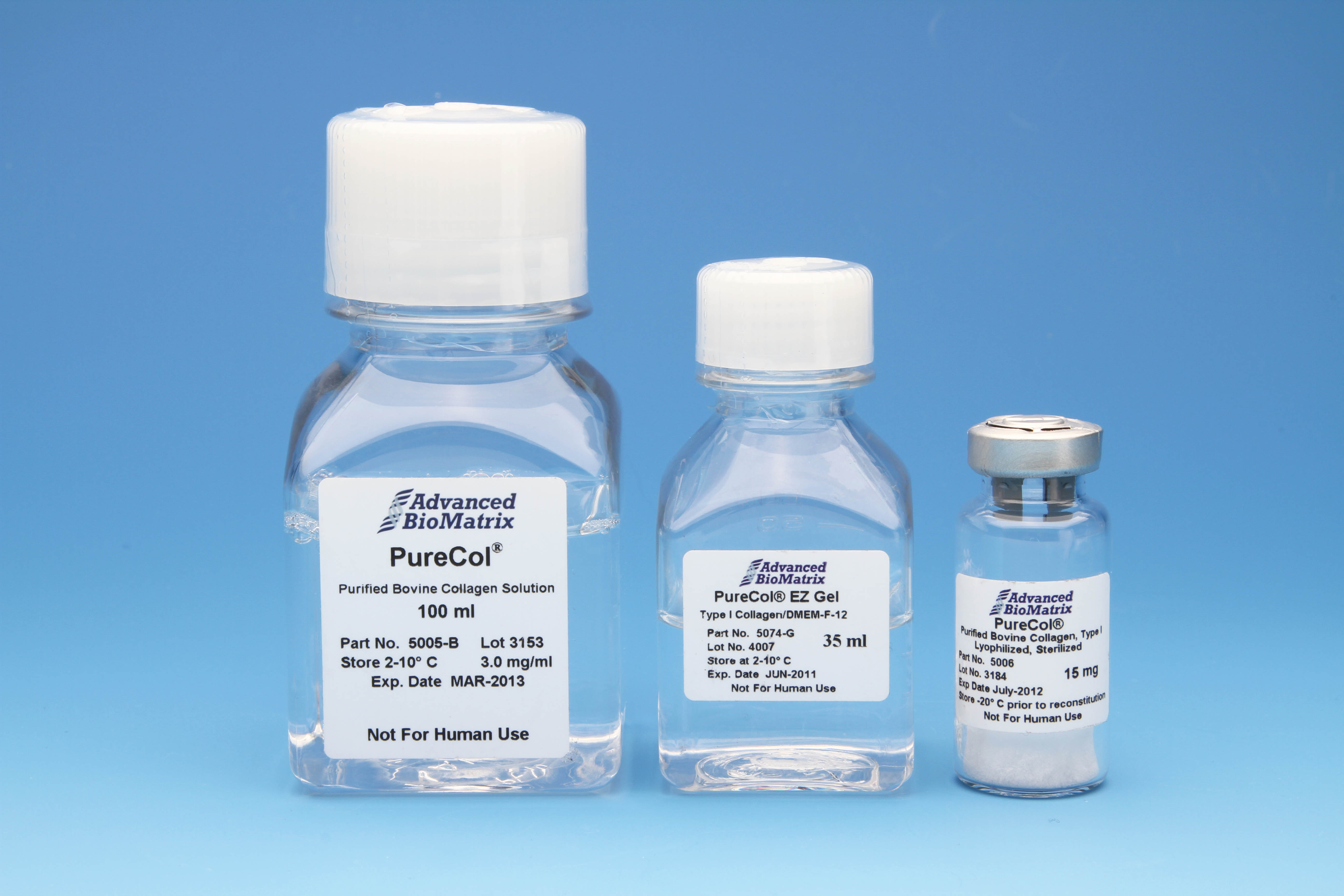
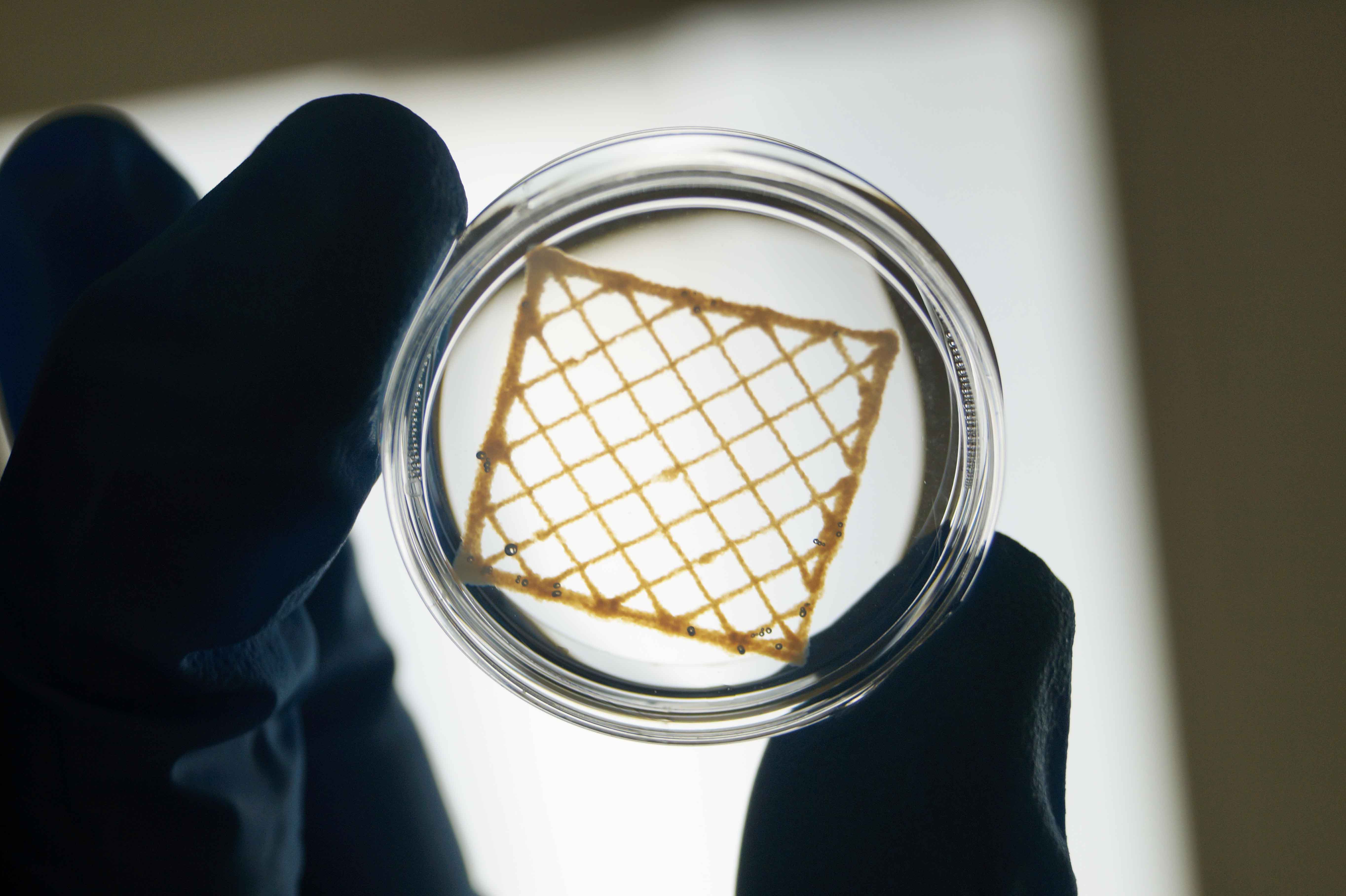
In 2021, Advanced BioMatrix was acquired by BICO.
About BICO
BICO is a lab automation partner and provider of selected workflows to pharma and biotech.
With 46,000+ instruments installed in over 65 countries, BICO products, software, and solutions are found in more than 3,500 laboratories, including the world’s top 20 pharmaceutical companies, and have been cited in over 12,000 publications.
Operating through three business areas – Lab Automation, Life Science Solutions, and Bioprinting – BICO strives towards the vision to enable and automate the life science lab of the future.
BICO is listed on Mid-Cap, Nasdaq Stockholm under BICO. www.bico.com
Om BICO
BICO är en partner inom labautomation och tillhandahåller utvalda arbetsflöden till pharma och bioteknik.
Med 46 000+ instrument installerade i över 65 länder, finns BICOs produkter, mjukvara och lösningar i fler än 3 500 laboratorier, inklusive världens 20 främsta läkemedelsföretag, och har citerats i över 12 000 publikationer.
Genom tre affärsområden – Lab Automation, Life Science Solutions och Bioprinting – strävar BICO mot visionen att möjliggöra och automatisera framtidens life science-lab.
BICO är noterat på Mid-Cap, Nasdaq Stockholm under BICO. www.bico.com
Facilities
Advanced BioMatrix’s facilities are located in the San Diego region in Carlsbad, California, USA. Our state-of-the-art 7,300 sq. ft facility is designed for operational efficiency of materials, personnel and activities. Controls have been instituted to segregate operations where necessary to avoid mix-ups and possible contamination. Facility suites have been built for raw material preparation, clean room manufacturing, quality control, cell culture, bioprinting, R&D labs, fabrication of rigidity cultureware and cold chain distribution. Our order fulfillment, technical and customer service functions are closely housed to provide optimal service to our customers.

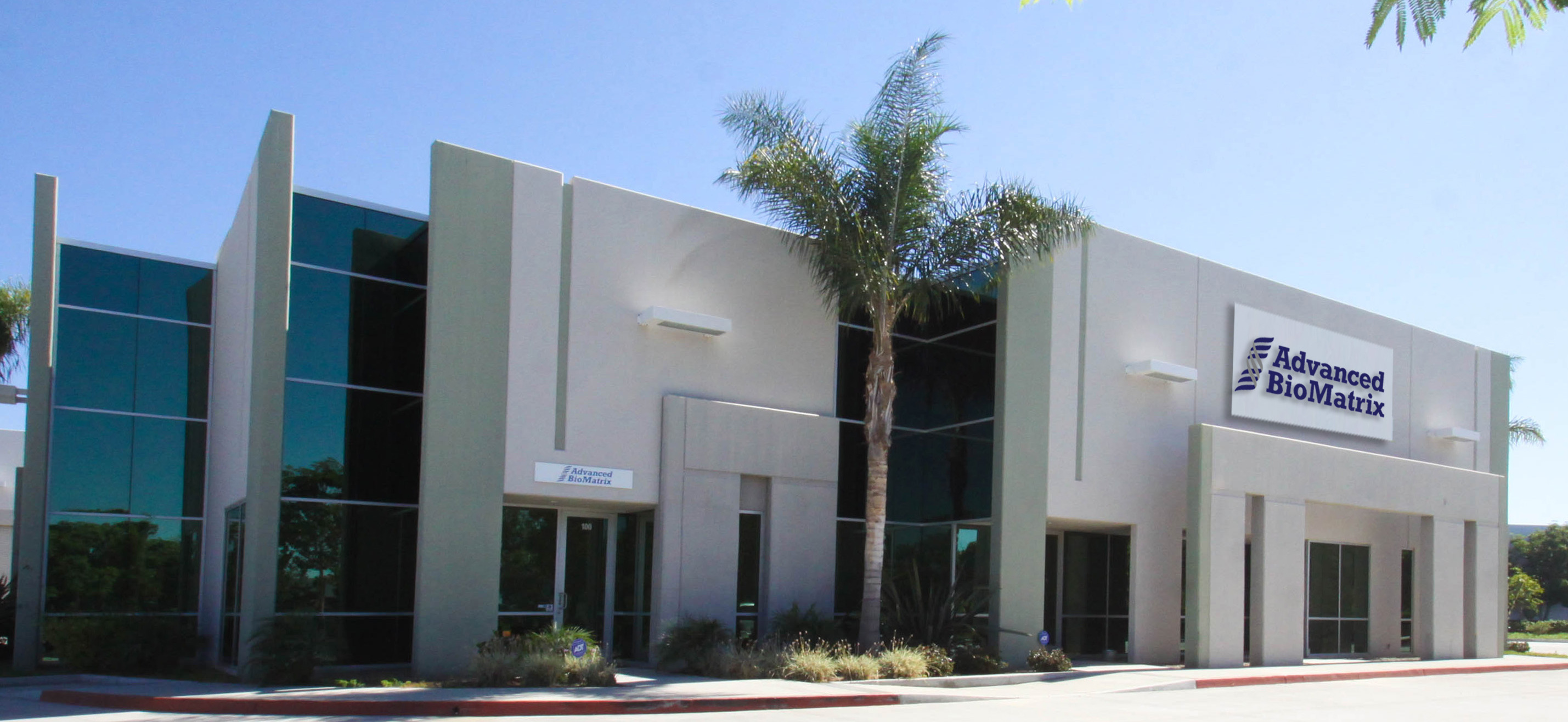
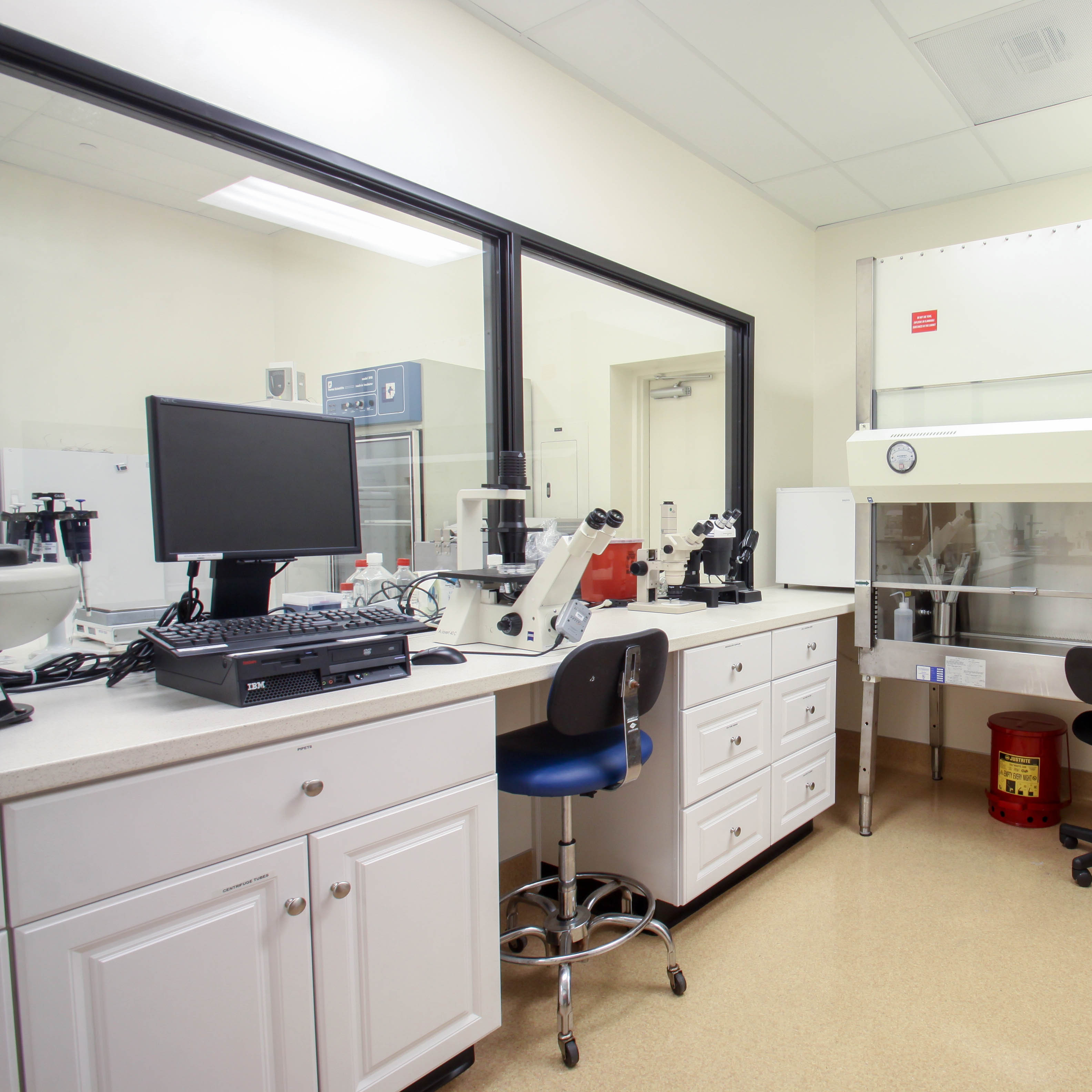

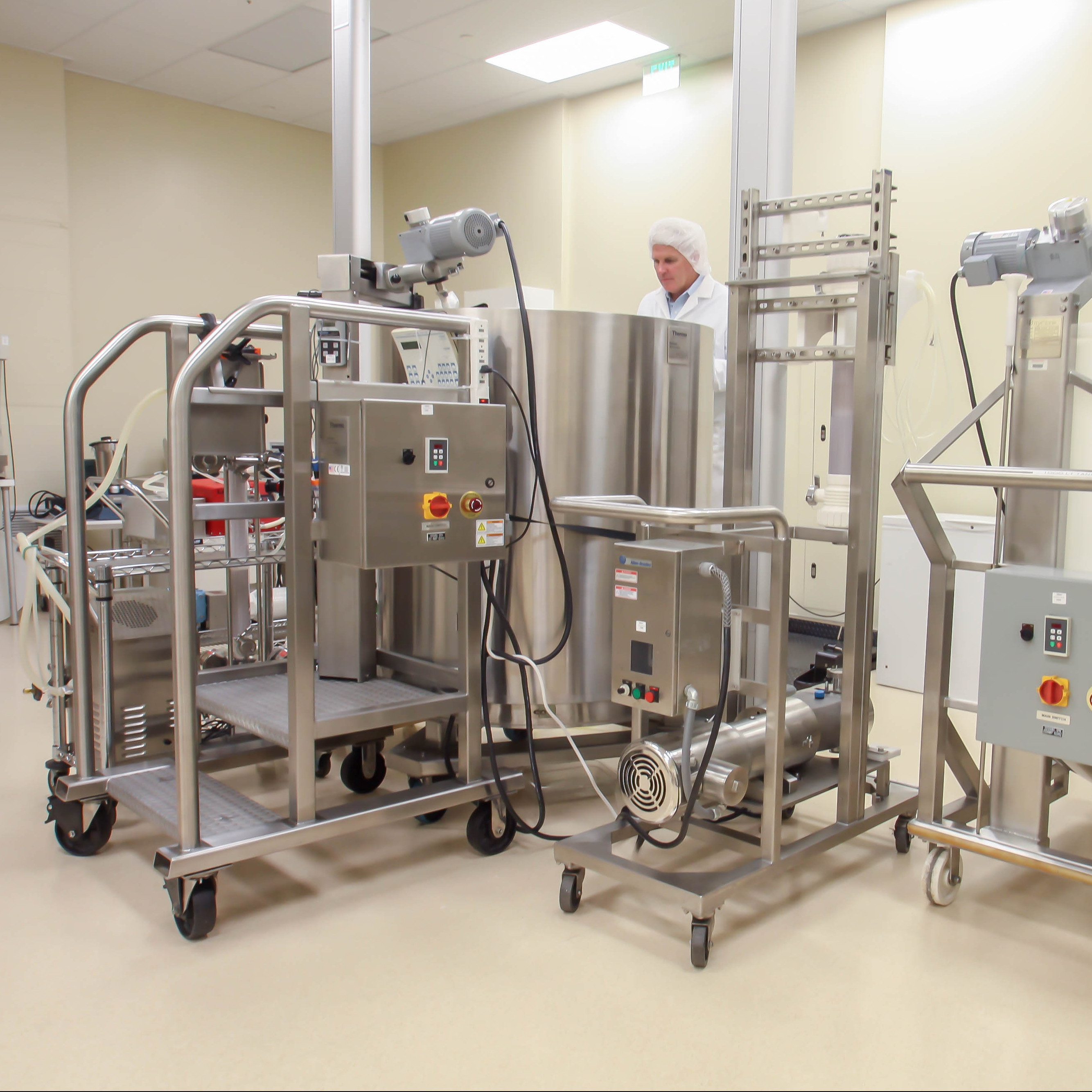
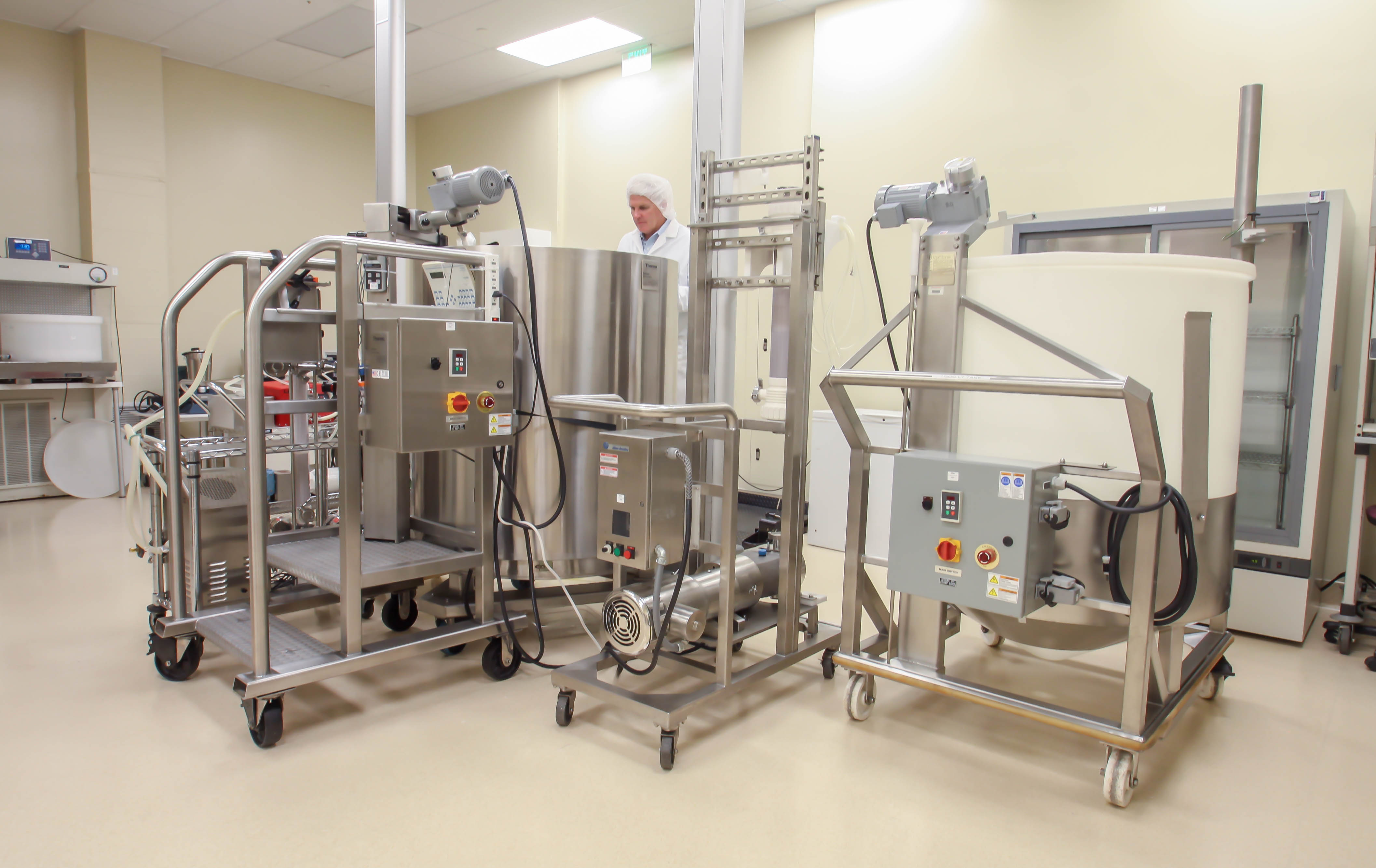


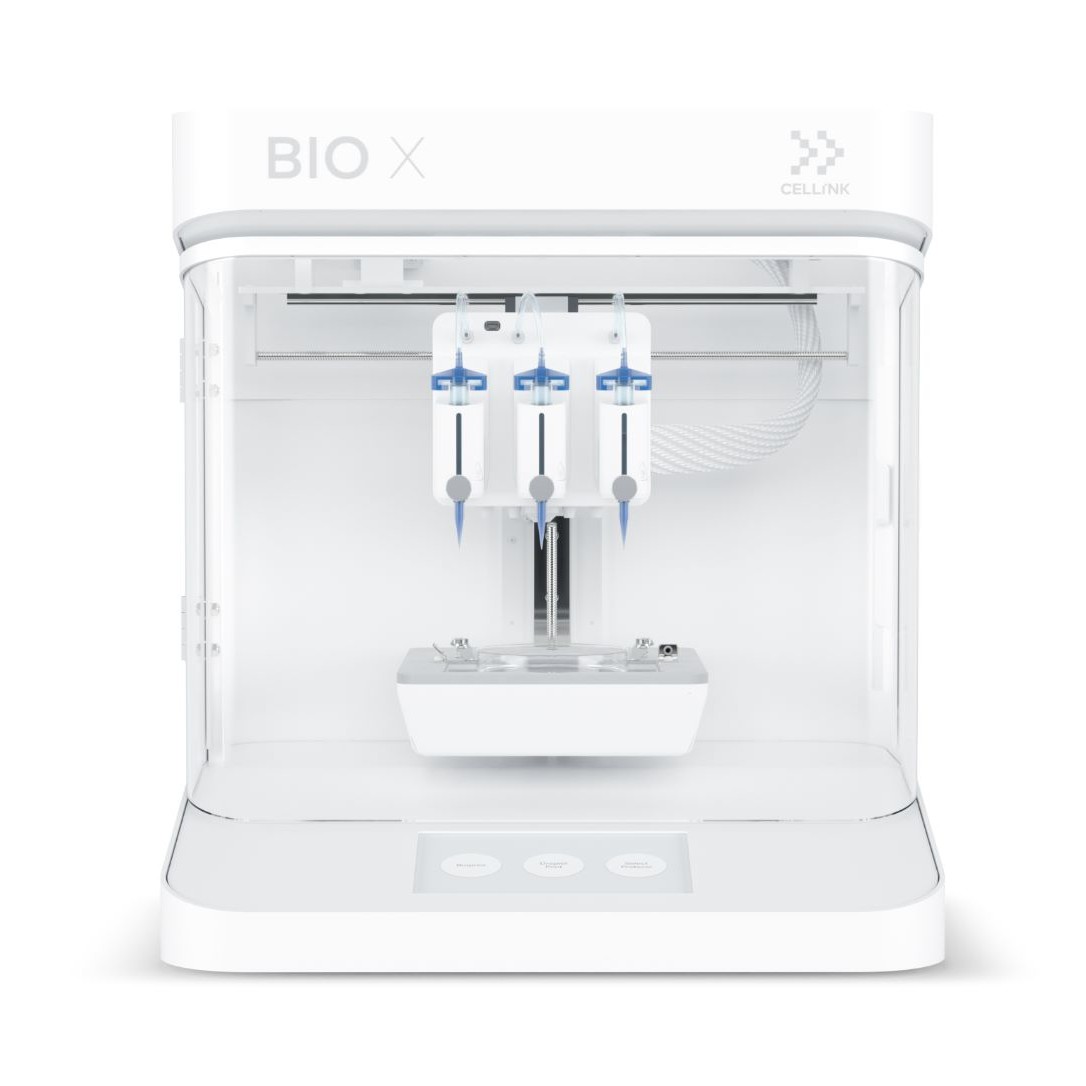



Manufacturing Expertise
Our broad production technology and expertise is based on years of manufacturing experience that provides a platform for the manufacturing of products that meet the highest standards. These capabilities include:
- Sterile Filtration
- Aseptic Processing and Filling
- Ultrafiltration and Diafiltration
- Autoclaving, Irradiation and Ozone
- Blending and Homogenization
- Particle Size Reduction and Grinding
- Protein Isolation and Purification
- Clarification and Ion Exchange
- Lyophilization
- 3D Bioprinting
- Sonication
- Silicone Dispensing
- Centrifugation
- Crosslinking (Photo, Chemical, Thermal)

Visit our blog post which further details each of our manufacturing processes.
Quality Control
Our quality control program and testing provide a platform for ensuring that our products meet the highest quality standards and specifications. Our stringent quality control requirements help ensure lot-to-lot consistency, giving you confidence in your research. Our core testing and analytical capabilities include:
- Protein Analysis (Biuret and BCA)
- Cell Culture, Attachment and Live/Dead Assays
- Kinetic Gel Tests
- pH
- Osmolality
- Fibrillogenesis
- Viscosity
- Differential Scanning Calorimetry
- Oscillation Rheometry
- Vibratory Contactless Rheometry
- Centrifugal Rheometry
- SDS Page Electrophoresis Coomassie Staining
- SDS Page Electrophoresis Silver Staining
- Sterility
- Endotoxin
- Collagen Solubility and Denaturation Assay
- Amino Acid Analysis
- Microscopy Size Measurements
- Acrylation Level Determination
- Refractive Index

Visit our blog post which further details each of our quality control systems.
Quality System
Our quality system is carried out to meet the aims of our Quality System Policy which is “at all times, it is our responsibility as employees to develop, manufacture and distribute products that meet our quality standards and customer’s needs”. See quality system elements described below:
- Material Traceability
- Documentation - Sepcifications, SOP's, Batch Records, Release Criteria
- Equipment Calibration, Certification and Testing
- Personnel Training
- Supplier and Service Provider Controls
- Maintenance and Facility Controls
- Import and Export Procedures
- Cold Chain and Shipping
- Clean Room and Particle Counter
- Water Purification Expertise
Visit our blog post which further details each of our quality systems.

Why 3D Matters
The behavior of 3D-cultured cells is more reflective of in vivo cellular responses. 3D cell culture systems represent more accurately the actual microenvironment found in tissues in the body. Research has shown that cells in a 3D culture environment differ morphologically and physiologically from cells in a 2D culture environment.
The additional dimensionality of 3D culture is the crucial feature leading to the difference in cellular responses because not only does it influence the spatial organization of the cell surface receptors engaged in interactions with surrounding cells, but it also induces physical constraints to cells. These spatial and physical aspects in 3D cultures affect the signal transduction from the outside to the inside of the cells, and ultimately influence gene expression and cellular behavior. The adjacent diagram provides a depiction of the effects of 3D verse 2D of cell culture systems.
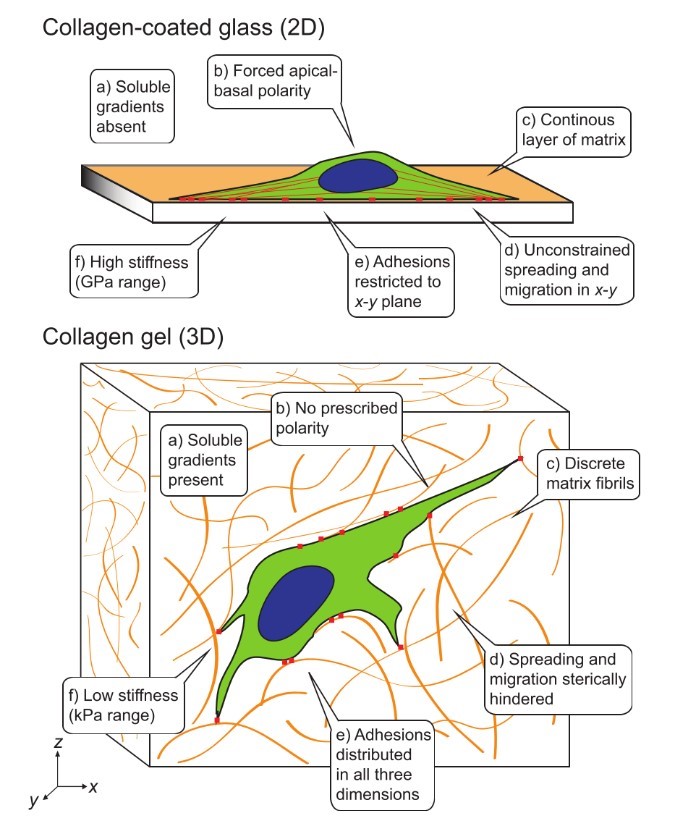
3D Cell Culture (versus 2D)
Differentiation - Increases the differentiation activity of certain stem cells and increases the duration of undifferentiated state of other stem cells
Drug Metabolism - Decreases the anti-proliferative effect of some anticancer drugs and increases albumin and urea production
Gene Expression - Causes different levels of gene expression and enables expression of some genes that do not express in 2D
General Cell Function - Enhances performance and functional activity of human liver cells and induces well developed cell-cell contact
Morphology - Induces clear differences in morphology, arrangement and polarization and increases the neurite extension length
Proliferation - Increases growth rate and attachment of mesenchymal stem cells and decreases proliferation of breast cancer cells
Response to Stimuli - Decreases responsiveness to intracellular Ca2+ and decreases response to K+
Viability - Increases long term cell growth and supports cell survival under conditions of calcium and nutrient deprivation
Source: http://3dcellculture.com/just_the_facts_3D_vs_2d_cell_culture
Collaborations
Advanced BioMatrix has a flexible and versatile mindset looking for opportunities to collaborate with many entities to bring new technologies and products to its customers.
We have worked closely with companies of all sizes, universities, research institutes, suppliers, customers and individuals to translate technology into products and tools that help researchers solve problems and make scientific break-throughs.




